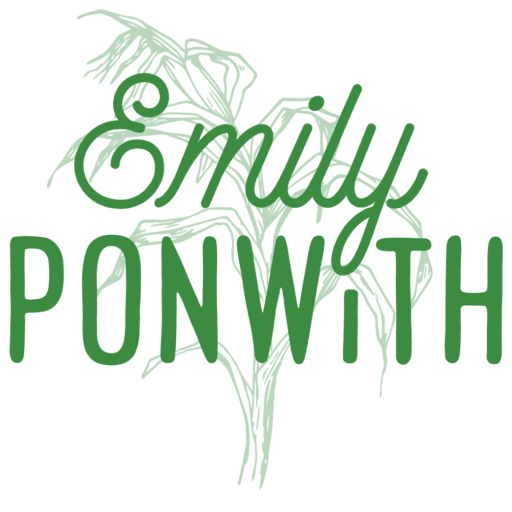Grain Bin Safety Week is February 20-26, 2022 in the State of Minnesota.
Many farmers use grain bins to store crops on their farm. There is a great advantage to having storage options for your crops. Having the ability to properly store the crop not only improves efficiency during harvest, but puts you in control of when you market your crop to sell.
I’d be lying if I told you that grain bins didn’t scare me. There are many dangerous things on a farm, but augers and grain bins are at the top of my list of worries. While we do as much as we can to mitigate issues with storing our grain, there is always a chance that things could go awry. I don’t think anyone ever enters a bin knowing they are going to face entrapment or an injury. Accidents are just that, they can (and do) happen so quickly.
Grain bin safety doesn’t just pertain to entering a bin. It is the complete picture from your structures, the grain inside, augur systems, and how individuals enter the bin. To say a farmer should never enter a bin is unrealistic, there are times when it needs to be done, and it can be done safely but there should always be precautions and a plan.
On our farm we take a very proactive approach that starts with monitoring the quality of our grain as it enters the bin. Monitoring the grain quality includes making sure it is at the correct moisture level and the right temperature for storage. After harvest, coring the grain bins is the first priority. Coring is when we remove the grain from the center of the bin shortly after storing it. This is important because it promotes air flow in the bin and removes any fines, which can lead to crust development and rotten chunks of grain. In addition to monitoring the quality of grain, there is only one designated person who manages the conditions of the bins. He knows if the bins should be full, half full, empty, etc. This is incredibly important, especially when one will be entering a bin. AKA don’t crawl into a bin if you don’t know what the level should be. If you know a bin should be half full, but then notice it appears full, there is likely a crust and you should not go in. If there is ever a need to enter the bin, we make sure there is a spotter with a phone just outside of the bin, because you can never be too proactive.
As with anything, this plan is not foolproof. Our plan may be different from your plan, and that is okay. There is always so much room for improvement. One must know they are never 100% safe when entering a bin. We are committed to continuously improving the safety of our farm. Securing harness systems is high on the priority list for our farm. Another project we are working on is overall structural improvements to our grain handling system, which is outdated and has been challenging us in more ways than not over the last few years.
There truly is never a perfectly safe system. Farming is one of the most dangerous professions in the United States. I encourage you to communicate with your stakeholders about your grain system and safety protocols. It is not a one and done conversation, it should be an ongoing conversation including everyone on the farm, including the children. You should always make the time for safety.
Here are some resources for further reading on grain bins safety:
Nationwide Grain Bin Safety Week
Checklists, guidelines, safety plans


0 Comments